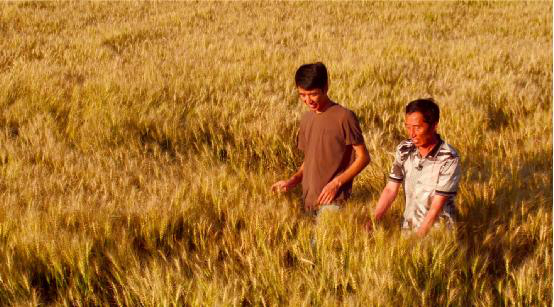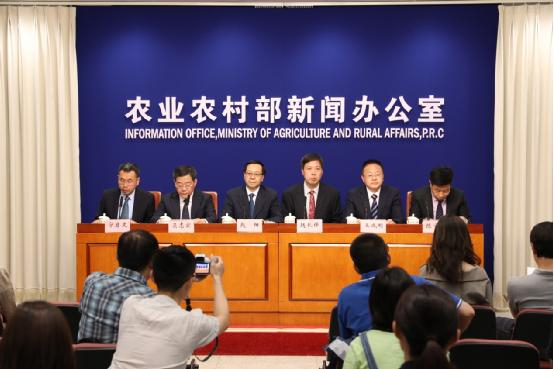
Asia Pacific
17:51, 28-May-2019
China continues agricultural reform
CGTN

China's Ministry of Agriculture and Rural Affairs held a press conference on Monday morning about the country's rural reform pilot zones.
What is a rural reform pilot zone?
Since 1987, China began to assign several counties as rural reform pilot zones.
For a long period of time, China depended on agriculture to support the country's entire modernization.
Later on, the government realized it was necessary to eliminate the urban-rural gap, thus rural reform was launched in 13 pilot zones, from the country's far northeastern province of Heilongjiang to the southern province of Guangdong.
Pilot zones then expanded to many more counties, which undertook the tasks of experimenting with reform plans.
In their early stage, reforms were more focused on technology, such as agricultural modernization. Today, they are taking place in the institutional field, including the rural land system, collective property system, financial system, among others.

The Ministry of Agriculture and Rural Affairs holds a press conference on rural reform pilot zones on May 27, 2019. /CGTN Photo
The Ministry of Agriculture and Rural Affairs holds a press conference on rural reform pilot zones on May 27, 2019. /CGTN Photo
How does it work?
As pilot zones, these counties and farms are pioneers in exploring a new path for the development of China's large rural areas.
For example, the rural tax reform experiment began in Anhui Province's Taihe County in 2000 and eventually led to the abolition of the Agricultural Tax in 2005 after several rounds of back and forth.
From 2009 to 2019, pilot zones have carried out 226 batches of experimental reform tasks.
'Three changes,' the experience of Liupanshui
As reforms deepen, the focus has turned from the technical level to the systematic one.
Liupanshui in southwest China's Guizhou Province shows the possibility of "three changes:" resources changing into assets, capital changing into stocks, and farmers changing into shareholders.
With 44 ethnic minority groups living in Liupanshui, the area boasts a diverse and rich culture. Although intangible, the multicultural background is undoubtedly a resource in its own right.
People who master the art of wax printing or perform folk songs could become shareholders, "buying" stocks of the local cooperative with their skills and receiving dividends in return.
Local authorities hope to enliven the rural economy by introducing more modern financial methods.
(Cover photo: Villagers stand in a field in north China's Inner Mongolia Autonomous Region. /CGTN Photo)

SITEMAP
Copyright © 2018 CGTN. Beijing ICP prepared NO.16065310-3
Copyright © 2018 CGTN. Beijing ICP prepared NO.16065310-3